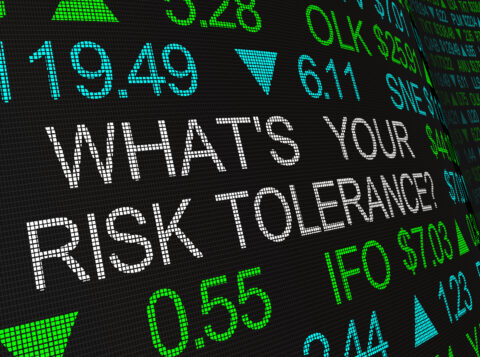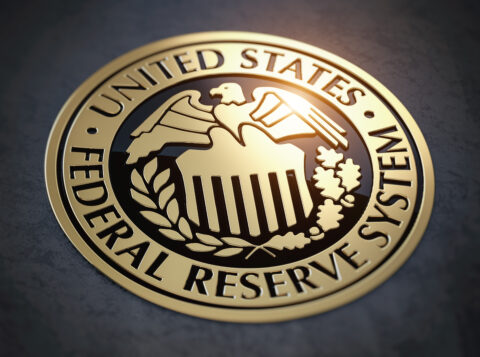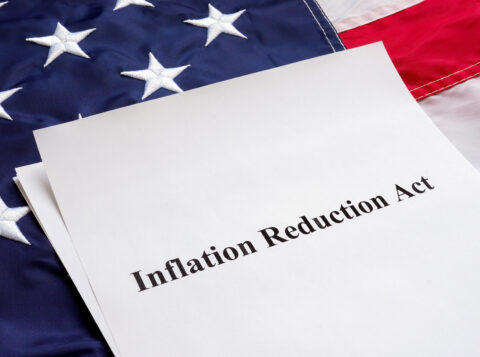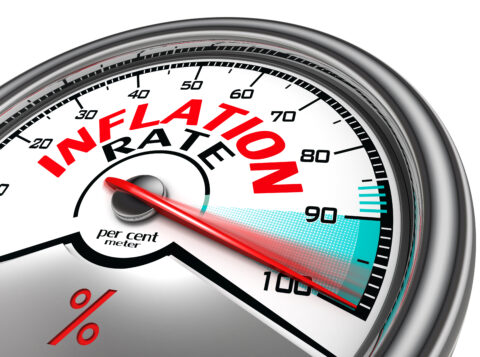
How Your Withdrawal Rate Could Cause You to Run Out of Money Faster: Strategies to Know
Knowing how to withdraw your money from your retirement accounts doesn’t translate directly to sitting to one fixed method the entire time. Every CPA’s retirement is unique and what will work for one may not work for another. Some key factors that contribute to your withdrawal rate are:
- Retirement Age
- Predictable Income
- Retirement Portfolio
- Retirement Needs & Lifestyle
- Other Risk Tolerance
Determine Your Investment Mix
Considering all the factors, the next step is to evaluate your investment portfolio. Do your investments support your long-term goals? Are they diversified enough to help reduce other risks you may face like inflation, longevity, or market downturn? The important thing to have in your retirement assets is the potential for growth while still withdrawing.
Strategy: 4% Rule
A fixed rate may be that perfect strategy for some retirees. Systematic withdrawals offer control for a specific period, but many people don’t consider these factors with the 4% rule:
- Low interest rates make traditionally income-producing investments generate less income than expected
- Inflation erodes the buying and spending power over time so you may need to withdraw larger amounts down the road
- If the principal value of your investment is to decrease you will have less of your portfolio to withdraw from
- Your income needs may become inconsistent due to increasing health care or medical costs. Thus, increasing the need for more money later in retirement
If you need a set amount withdrawn for a specific length of time, this method is perfect. Say you plan to work part-time for the first 5-10 years of retirement or are killing time until your Social Security benefits kick in.
Strategy: Buckets of Investment
Buckets help diversify your assets and provide different streams of income for you. One bucket may hold cash such as your emergency fund or another could hold fixed-income investments and protect principal. The last would hold the most growth for a longer period.
This strategy requires you work with an advisor to determine proper allocation and that your investments are protected and fit your long-term retirement goals.
Strategy: Interest-Only Income
Depending on your retirement accounts, you may be able to only pull from the interest earned without drawing on the principal balance. However, specific assets may unfortunately have penalties if you withdraw on interest only until a certain age.
This method does offer flexibility of switching from income stream to income stream yearly. This is another strategy that can be good for those transitioning from working full-time to part-time then to full retirement or those waiting for other income streams to kick in.
Important: Required Minimum Distributions
Federal tax rules deem you must begin taking required minimum distributions (RMDs) from tax-deferred retirement accounts such as 403(b)s or 401(k)s by April 1st after you turn the Stated Age. Same with your IRAs. Your Stated Age is as determined: age 71 if born 1950 or earlier; 73 if born 1951-1959; and 75 if born 1960 or later. Failure to take your RMD on time could result in a 25% penalty.
Other things to consider with RMDs:
- The set amount you must take depends on your age, life expectancy, and year-end account balance
- For multiple accounts, each RMD needs calculated separately but you can withdraw the total amount from just one account
- Roth IRAs and other non-qualified employee-sponsors plans do not require RMDs
- You cannot rollover RMDs into other tax-advantaged accounts
- If you are still working at your Stated Age, you may be able to defer RMD withdrawal from your 401(k) or 403(b). However, the same does not apply to IRAs.
Having a withdrawal strategy in place for your retirement is important to ensure your funds last as long as you do and to also help reduce other risks you may encounter during retirement (market risk, tax risk, inflation risk). The last thing you want is to outlive your money and die broke.










